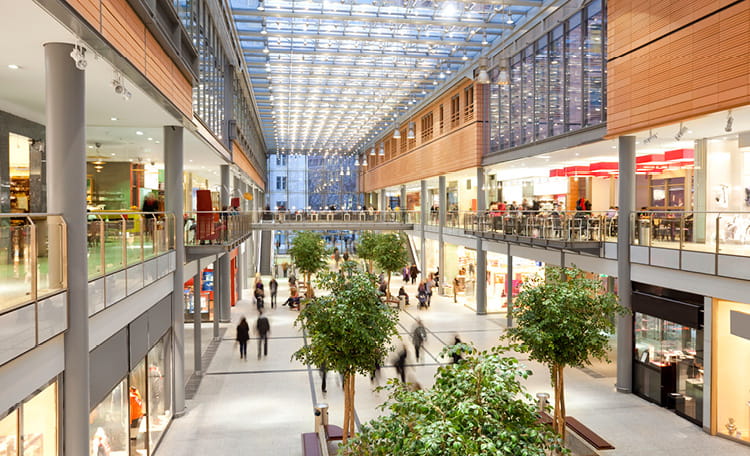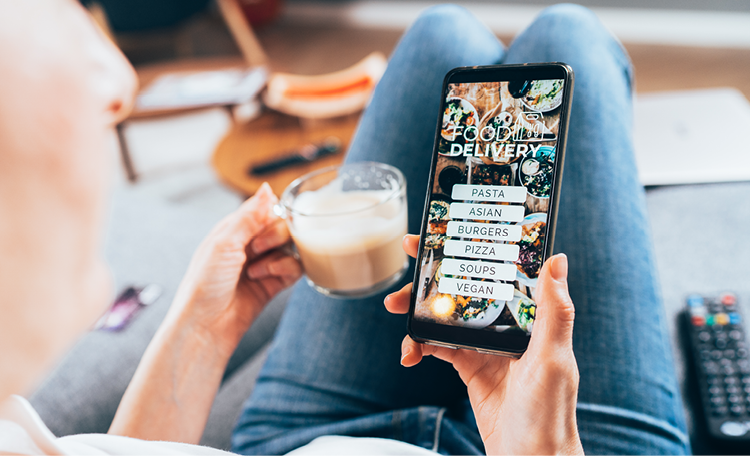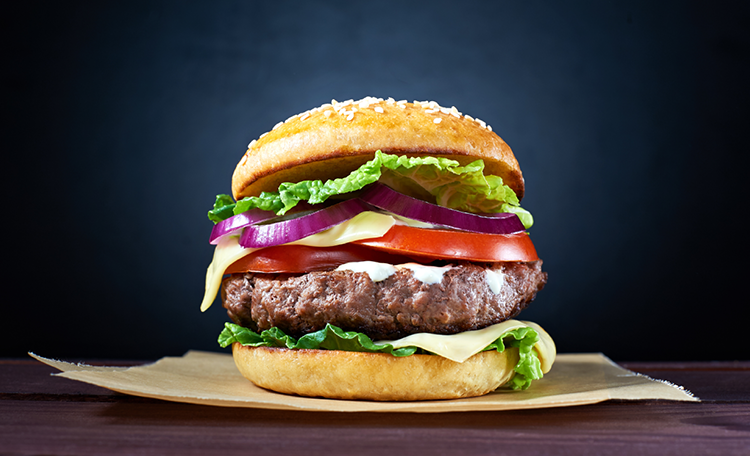
While the COVID-19 crisis has completely upended life for most of us—and appears to have forced a radical reinvention of most business models—the reality is that black swan events like these tend to simultaneously accelerate (and even decelerate) trends that were already at play in the marketplace. One such trend that has been accelerated, ghost kitchens, had been on the rise pre-COVID-19 as they provide an efficient and creative means for restauranteurs to have food produced and delivered via delivery apps without all the real estate and labor costs typically associated with restaurants. With restaurants struggling to survive and today’s world all about convenience, ghost kitchens have proved to be a win-win during the pandemic as well.
 After all, restaurants are a slim margin business. While there can be wide variances depending upon the type of restaurant, on average, 30 percent of gross sales goes to the cost of food (fine dining tends to be higher, fast food lower); labor accounts for 30 percent of costs (fine and casual dining expenses tend to be higher, while quick-service and fast casual restaurants lower); and real estate costs fall typically in the 10 percent range. This leaves 30 percent of sales to cover everything else—from marketing to utilities and all the other miscellaneous operating costs of running a business.
After all, restaurants are a slim margin business. While there can be wide variances depending upon the type of restaurant, on average, 30 percent of gross sales goes to the cost of food (fine dining tends to be higher, fast food lower); labor accounts for 30 percent of costs (fine and casual dining expenses tend to be higher, while quick-service and fast casual restaurants lower); and real estate costs fall typically in the 10 percent range. This leaves 30 percent of sales to cover everything else—from marketing to utilities and all the other miscellaneous operating costs of running a business.
Taking all of this into account, food and beverage operators who find themselves with a 10 percent profit margin should consider themselves rockstars.
Ghost Kitchens 2.0
In addition to ghost kitchens, emerging new Food & Beverage (F&B) models like food halls were also gaining a lot of attention before the pandemic. For restauranteurs, both models offer significantly lower start-up costs, less labor, all-inclusive rents (or licensing fees) that, while a higher percentage of gross sales than the traditional real estate model, also absorb most miscellaneous operating costs. Additionally, assuming streamlined menus in a more cooperative setting than a standalone, they also offer the potential to drive even greater efficiencies and less waste with food costs. But while food halls, prior to the pandemic, were all about the in person experience, ghost kitchens are all about the convenience of eating at home.
Unlike many other businesses negatively impacted by COVID-19, the pandemic has had a significantly positive impact for ghost kitchens. The logic is simple; delivery demand equals potential ghost kitchen demand. And prior to the pandemic, delivery demand was already soaring.
The Investment Community has Taken Notice
Technology analytics firm CB Insights reports that ghost kitchen funding in 2019 had grown at 12.5 times the rate of the previous year to more than $520 million. CloudKitchens, DoorDash Kitchens, Epic Kitchens, Ghost Kitchens USA, GrubHub, Kitchen United, REEF Kitchens, Salted, Uber Eats and Virtual Kitchen Co were joined by dozens of independents as they started rolling out locations. Plans for growth were already aggressive; Kitchen United alone entered 2020 with plans to open as many as 400 locations over the next few years. Meanwhile, Uber founder Travis Kalanick’s Cloudkitchens raised more than $400 million in funding and has plans to open more than 100 virtual kitchens in the U.S. by 2021.
Ghost kitchens are here to stay… or are they?
The competitive landscape for ghost kitchens has moved from being wide open to incredibly crowded overnight. During the lockdowns, virtually every restaurant became a ghost kitchen. While there may currently be a gold rush mentality around these concepts, it’s critical that market players don’t forget what the original offering of this business model was (and will eventually become again)—to allow end-users to economize their real estate and labor costs. The long-term viability of ghost kitchen projects will be based on those precepts and upon dealing with the challenges of delivery expense.
The emphasis in this industry has been on growth over profitability, but it remains to be seen if the ongoing wave of market consolidation will build the more efficient economies of scale that this industry needs to survive. There also remains the challenge of fee structures to restaurants that typically have averaged between 15 and 30 percent per transaction. While most of the major delivery services have offered reduced fees to end-users during the crisis, it does not change the fact that most restaurants struggle to reach a 10 percent profit margin.
Delivery models do not have long-term sustainability if the restaurants that rely on them cannot make a profit. Prior to the pandemic, this was less of an issue. The pool of potential end-users was incredibly deep in an industry where entrepreneurialism, reinvention and, yes, turnover, are constants. But the slim margin model, combined with the fact that roughly 90 percent of restaurants in the U.S. are small businesses (independents and franchise), has made it one of the most vulnerable industries to the pandemic, despite consumer demand and affection. Yelp reported in July that nearly 16,000 restaurants in their listings had closed permanently. We anticipate that one-third of U.S. restaurants (+/- 325,000) are not likely to survive if the pandemic is prolonged. This will prove to be a challenge to the delivery app players.
The restaurant industry will rebuild
Consumers will demand it, investors will see opportunity and invest in it, and restauranteurs will fight their way back. Food halls and ghost kitchens, with their low barrier to entry, will be major rebuilding mechanisms for the industry (in most cases, you can open a concept in either for roughly a tenth of the cost of opening a standalone restaurant). That rebuilding process will begin long before the pandemic is over. This confluence of factors actually could prove a major opportunity for the delivery players as they enter the ghost kitchen arena; if they can create modeling where the combined costs of real estate and delivery to end users can make sense, they may end up dominating the space and finding their way to permanent profitability. The critical factor for all ghost kitchen operators will be the control of delivery costs.
We have always believed that the ghost kitchen model should have a seat at the table, but that it would not become the entire table. The general movement of retail (with some category exceptions) has been towards maximizing revenues by moving from being single to omnichannel. Because, for most restaurants, it doesn’t make sense to go delivery-only permanently.
Meanwhile, restaurants that don’t survive the pandemic will ultimately lead to more restaurant space available alongside a reset in asking rents. In some markets, those rates may even compete with the non-traditional space that ghost kitchen operators had previously sought, allowing these food and beverage operators to make the best out of a not-so-great pandemic situation.



